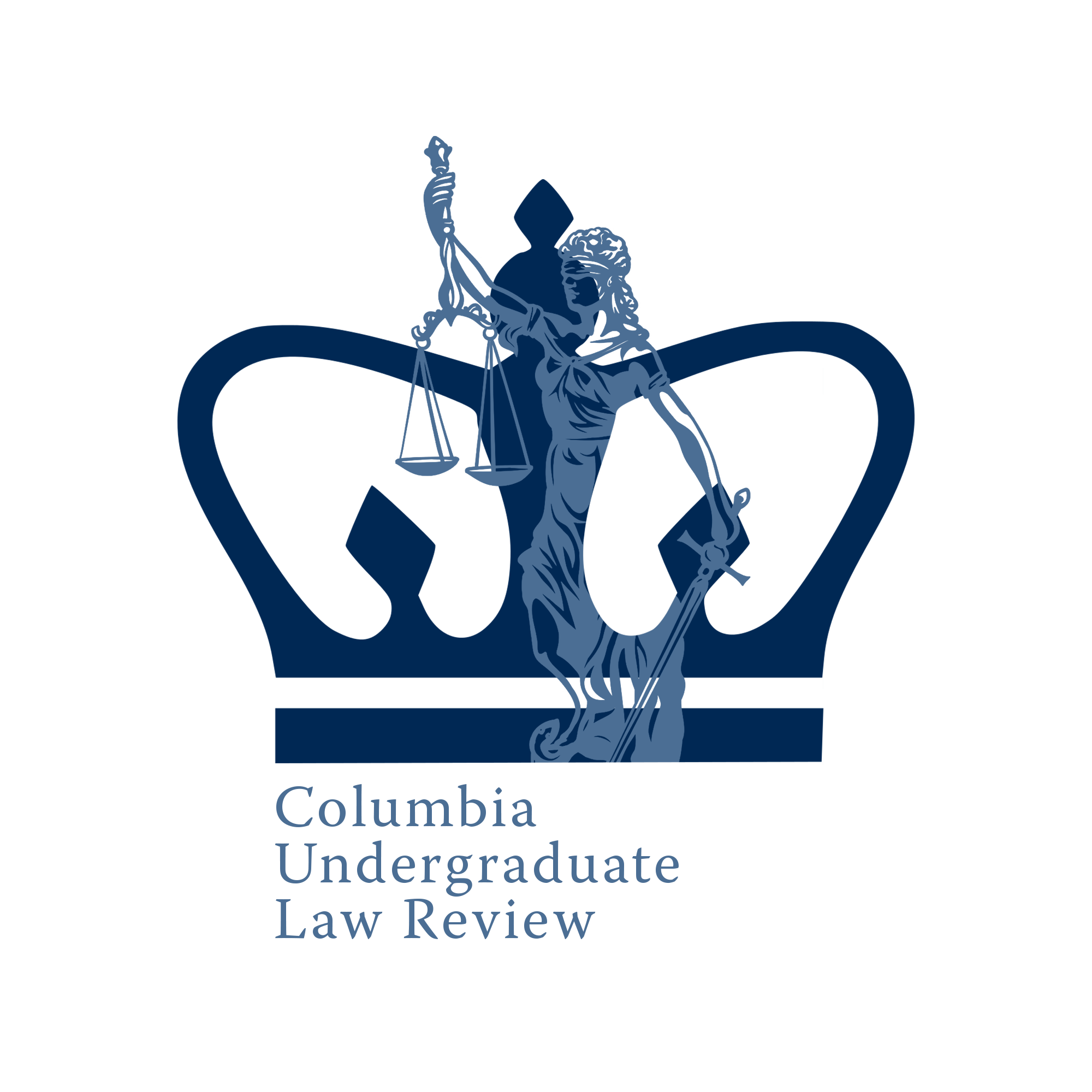Gerrymandering, or the act of redistricting in a way that advances a political party’s election efforts, undermines our electoral process through a partisan lens. In the landmark case Gil v. Whitford (2018), the Supreme Court ruled that the case lacked sufficient evidence needed to prove the “packing and cracking” gerrymandering allegedly completed by the Republican Party in several Wisconsin districts. In Benisek v. Lamone (2018), the Supreme Court ruled that the Court was not in a position to decide on an issue of possibly gerrymandered maps in Maryland, stating that intervention would be “against the public interest.” Both of these recent cases demonstrate the highest court’s refusal to get involved in the gerrymandering issue, which raises the question: should courts interfere with gerrymandering at all, and if so, how should they go about it?
Read More
